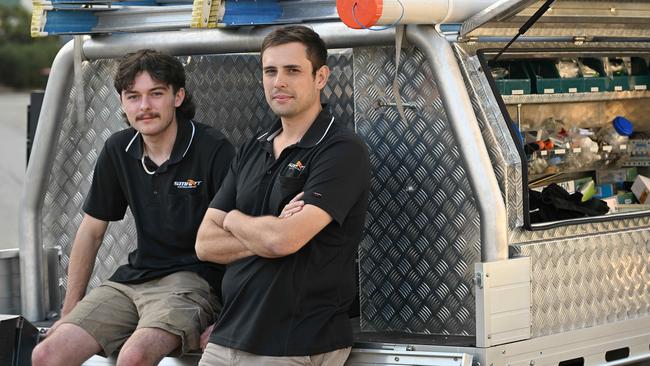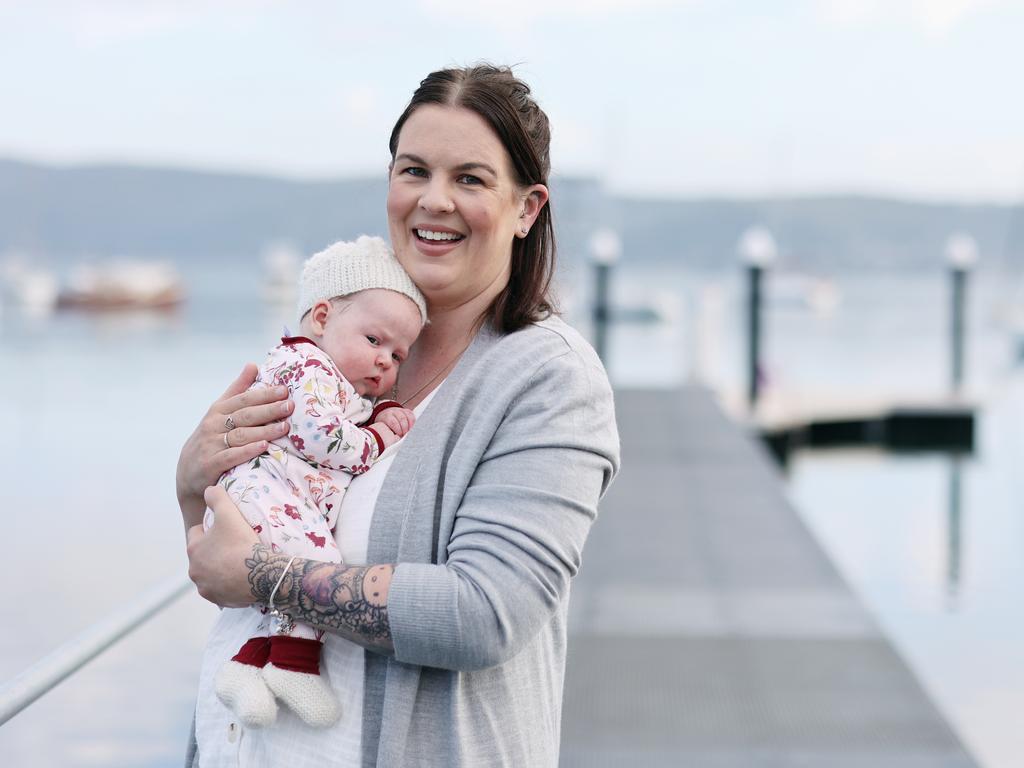Universities lose students to TAFE and private training colleges
Fresh data shows a surge in apprenticeships during the pandemic has fuelled enrolments in vocational education and training.

More Australians are shunning full-time university study by switching to short courses and hands-on vocational training, with tradies hiring twice as many apprentices during the pandemic.
Lured by a buoyant jobs market and turned off by hefty university fees, 15 to 24-year-olds have flooded into vocational courses such as TAFE (technical and further education).
Fresh census data reveals a 23.6 per cent rise in enrolments in vocational education among young Australians between 2016 and 2021, compared to a 3.2 per cent drop in university enrolments. Part-time courses have driven enrolments, as young students combine work with study and older workers re-skill for other jobs in the “Covid economy”.
The switch to vocational training coincided with a surge in apprenticeships, after the Morrison government subsidised up to half the wages of apprentices during the pandemic.
More than a quarter of employers now have an apprentice or trainee – the highest rate in a decade. But employers warned of a drop in apprentice numbers this year as the generous subsidies are abolished on Friday.
Australian Chamber of Commerce and Industry employment and skills director Jenny Lambert said wage subsidies would be slashed from 50 per cent to 10 per cent from July 1.
“We hope the new government will change that,’’ she said on Tuesday. “Taking on a first-year apprentice is taking someone who has no skills.’’
Ms Lambert said Australia needed more homegrown trade workers for the building, mining and manufacturing industries.
Federal Skills and Training Minister Brendan O’Connor on Tuesday said he would “assess the implications’’ of the cut in wage subsidies.
“We will have a strong focus on the completion of apprenticeships,’’ he said. “As a nation we face a growing skills crisis, so it’s fantastic to see an increase in participation in vocational education and training.’’
Brisbane electrician Alex Huebsch hired two apprentices during the pandemic.
“The subsidies were a massive reason why we put apprentices on,’’ he said. “(If subsidies are cut) that would definitely play into our decision-making about putting more apprentices on.’’
Mr Huebsch started a university degree in business before deciding to become a tradesman and run his own company, Smart Electrical and Testing.
He regards his trade as more resilient to a recession than many other professions. “If the element in your hot water breaks or your lights go out, you need them to be fixed,’’ he said. “I know people who finished university a few years ago and they still haven’t found a job.’’
First-year apprentice James Simpson, 18, said his electrical apprenticeship was “too good an opportunity to miss’’. “I want to have a trade behind my back – I keep getting told there’s never-ending work,’’ he said.
The census shows that 7.2 per cent of the youth population were enrolled in vocational education and training in 2021 – up from 5.9 per cent in 2016 – as enrolments surged by 41,913 in five years.
School leavers are still more likely to choose university over TAFE, but enrolments slipped 3.2 per cent as universities shed 22,156 students in the 15 to 24-year-old group between 2016 and 2021.
Among students of all ages, TAFE and private training colleges taught 601,901 Australians last year – 177,000 more than in 2016. Universities enrolled 1.18 million Australian students last year – just 25,000 more than in 2016. Census data also shows a strong shift to part-time study in both vocational training and university courses.
Women are more likely than men to continue studying beyond high school, accounting for 54 per cent of vocational training students and 58 per cent of university students in 2021. National Centre for Vocational Education Research managing director Simon Walker said women were flocking to courses in health, childcare, aged care and disability care.
Federal Education Minister Jason Clare said 90 per cent of new jobs in the next five years would require a post-school qualification.
“That’s why the Albanese government will offer 465,000 free TAFE places and 20,000 more university places,’’ he said.








To join the conversation, please log in. Don't have an account? Register
Join the conversation, you are commenting as Logout